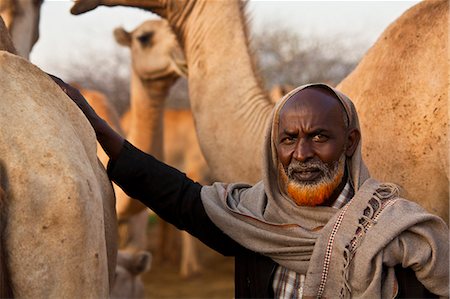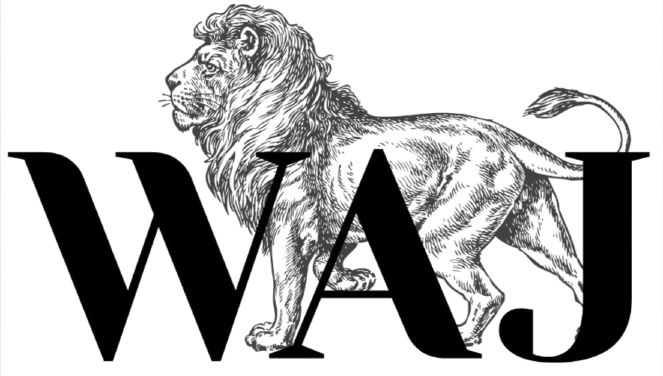Somali Camels: A Vital Resource, Resilient and Economically Significant
Somalia, a nation with a rich cultural heritage and challenging geography, is home to the world’s largest population of camels. With over 7 million camels, these animals play an irreplaceable role in the lives of Somali people, both in their culture and their economy. Here are 10 essential facts about Somali camels, showing how they influence Somali society, global trade, and climate resilience.
Somalia’s Camel Population: A Global Leader
Somalia leads the world with over 7 million camels, making it home to the largest camel population. These animals are indispensable to the Somali way of life, offering essential resources to nomadic families and pastoral communities.
Camel Milk: A Superfood
Camel milk is packed with three times the Vitamin C and ten times the iron of cow’s milk. It’s not only a dietary staple in Somalia but is also gaining recognition globally for its health benefits, helping to boost immunity and improve overall wellness.
The Camel: A Lifeline During Drought
Camels are highly adapted to Somalia’s harsh desert environment. They can survive for days without water and continue to produce milk in the driest conditions, providing critical nourishment when resources are scarce.
Symbol of Status and Wealth
In Somali society, camels are considered a symbol of wealth and status. A large herd signifies prosperity, and camels are often used as part of marriage arrangements and to resolve tribal disputes (through “blood money”).
Camel Leasing: An Innovative Resilience Strategy
In times of drought, Somali herders lease their lactating camels to milk processors, ensuring a steady income while protecting their herds. This practice has become a critical tool for ensuring economic stability during times of climate crisis.
A Cultural Icon
Camels are deeply embedded in Somali oral traditions. They are celebrated in songs, poems, and folklore, with 46 different words for camels used to describe their various traits and roles in society. The camel is much more than an animal—it’s a living symbol of Somali identity.
Global Demand for Camel Milk
The global market for camel milk is projected to be worth over $10 billion, with Somali camels meeting the growing demand. This market is expanding rapidly, with Middle Eastern and Western markets increasingly seeking camel-based products for their nutritional value.
Economy Boosted by Camel Products
Camels provide milk, meat, hides, and even urine, all of which contribute to the Somali economy. These products are key to food security and are increasingly valued both locally and in international markets.
The Role of Camels in Somali Markets
In places like Hargeisa Camel Market, camels are bought and sold daily. Mobile technology and handshakes are combined to seal deals, representing the blend of tradition and modern commerce.
The Future of Somali Camels
Despite the challenges of disease and climate change, Somali camels remain a resilient resource. With better infrastructure, camel herding could contribute even more to the global economy while helping to protect the livelihoods of Somali pastoralists.

